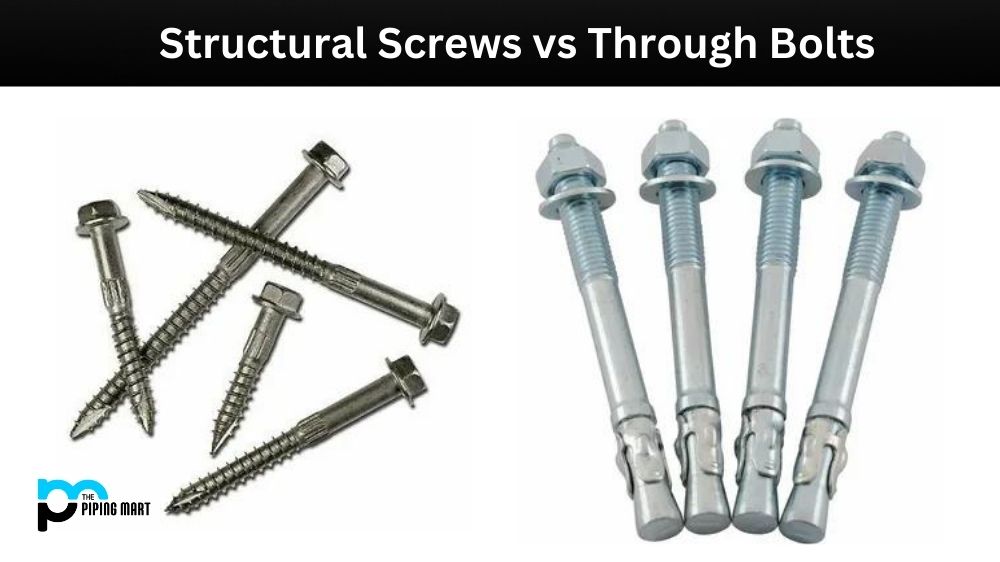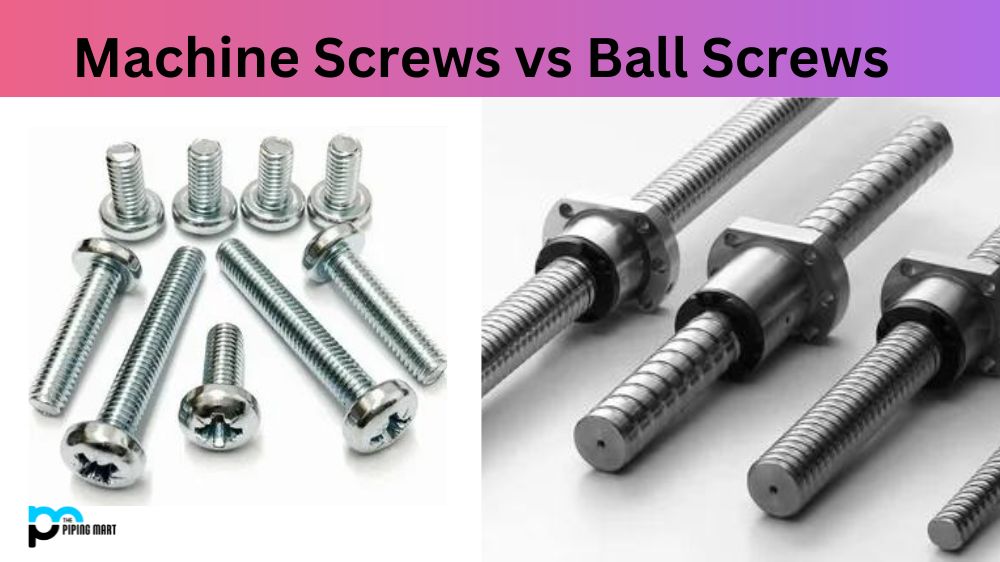When securing your loads, choosing the right fastener is crucial. Two common options are eye bolts and U-bolts, but how do you know which one is best for your needs? In this post, we will explore the differences between eye bolts and U-bolts, their uses, and the pros and cons of each. Read on to better understand these vital fasteners and make an informed decision for your next project.
What are Eye Bolts?
Eye bolts are threaded bolts with a circular loop at one end. The loop, also known as the eye, allows you to attach ropes, chains, or cables for lifting and hanging objects. They come in various sizes, materials, and strengths, making them suitable for various industrial and domestic applications. Some common uses of eye bolts include securing awnings, securing equipment while transporting, and hoisting heavy materials. One significant advantage of eye bolts is that they provide a convenient and secure point for attaching the load, reducing the risk of accidents and damage.
However, eye bolts also have some drawbacks. For instance, they may not be suitable for situations where the load capacity requirements are high. They also tend to have a lower strength-to-weight ratio than U-bolts, and the eye portion of the bolt may weaken over time due to bending or fatigue. Additionally, eye bolts create compressive forces, which could cause the load to slip if not tightened correctly. Therefore, following the manufacturer’s guidelines and using them only for the intended purpose is crucial.
What are U-Bolts?
As the name suggests, U-bolts have a U-shaped head with two threaded arms protruding from it. They are versatile fasteners that work well when clamping two objects together securely. U-bolts come in various sizes, shapes, and materials, making them ideal for various applications, including pipe clamping, electrical installation, and securing machinery parts.
One advantage of using U-bolts is that they have a higher strength-to-weight ratio than eye bolts, making them suitable for high-load applications. They also work by creating tensile forces, which are less prone to causing the load to slip or break. However, like eye bolts, U-bolts also have some disadvantages. For instance, they require more space than eye bolts, making them unsuitable for tight spaces. They also tend to create a point of stress concentration, which could cause the clamped material to deform or weaken over time.
Advantages and Disadvantages:
Both eye bolts and U-bolts have advantages and drawbacks, making it essential to choose the right one for your project. Here is a summary of their pros and cons:
Eye Bolts Advantages:
Provide a secure point for attaching ropes, chains, or cables.
Suitable for a wide range of applications.
Easy to install.
Less likely to deform or weaken the load.
Eye Bolts Disadvantages:
It may not be suitable for high-load applications.
It may have a lower strength-to-weight ratio than U-bolts.
The eye portion may weaken over time.
The compressive forces may cause the load to slip if not tightened correctly.
U-Bolts Advantages:
Suitable for high-load applications.
Higher strength-to-weight ratio than eye bolts.
Create tensile forces, which are less prone to causing the load to slip or break.
Versatile and suitable for a wide range of applications.
U-Bolts Disadvantages:
Requires more space than eye bolts.
Tend to create a point of stress concentration.
It is more challenging to install than eye bolts.
This may cause the clamped material to deform or weaken over time.
Conclusion:
In conclusion, choosing between eye bolts and U-bolts depends on your project’s requirements. Eye bolts are a great choice if you need to lift or hang objects. However, if you need to clamp two objects together firmly, U-bolts are the better option. It’s also crucial to consider the material, strength, and size before choosing. Additionally, always follow the manufacturer’s guidelines and use the fasteners only for the intended purpose. With this knowledge, you can make an informed decision and confidently secure your loads.
Sakshee is a talented blogger, with a particular focus on the Business and Metal Industry. She is passionate about sharing her insights on various metal products and helping professionals to make a better decisions.




